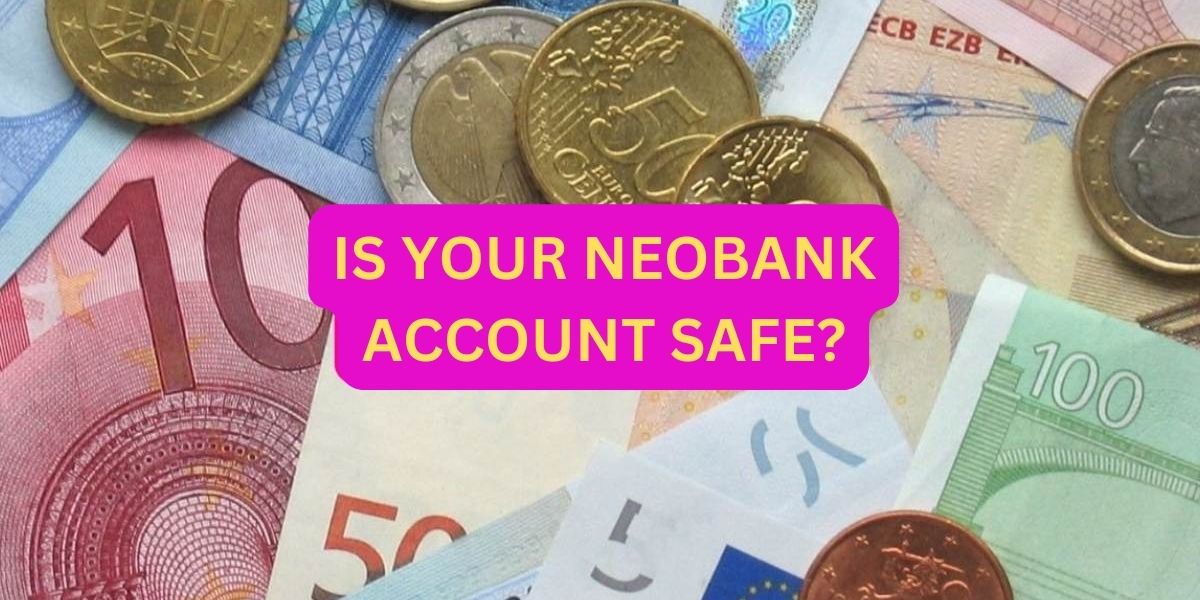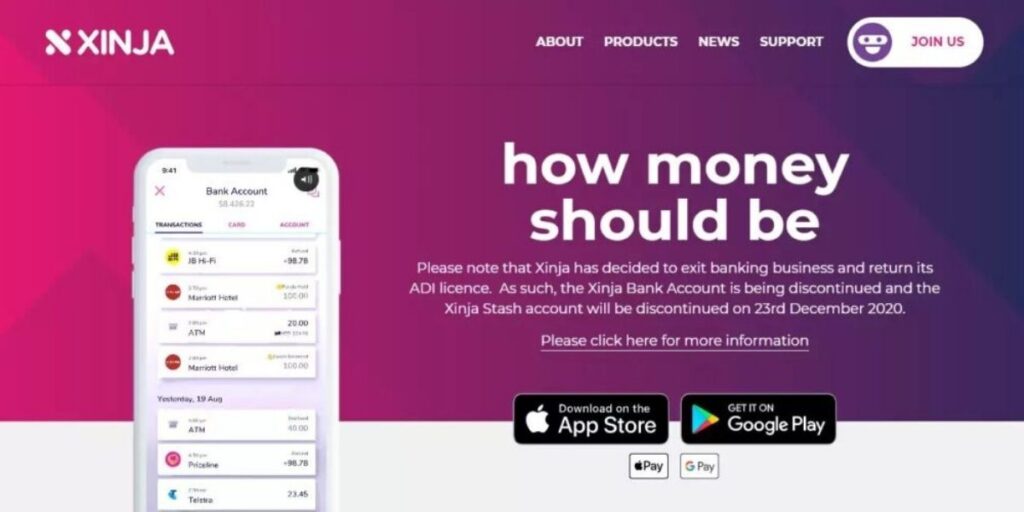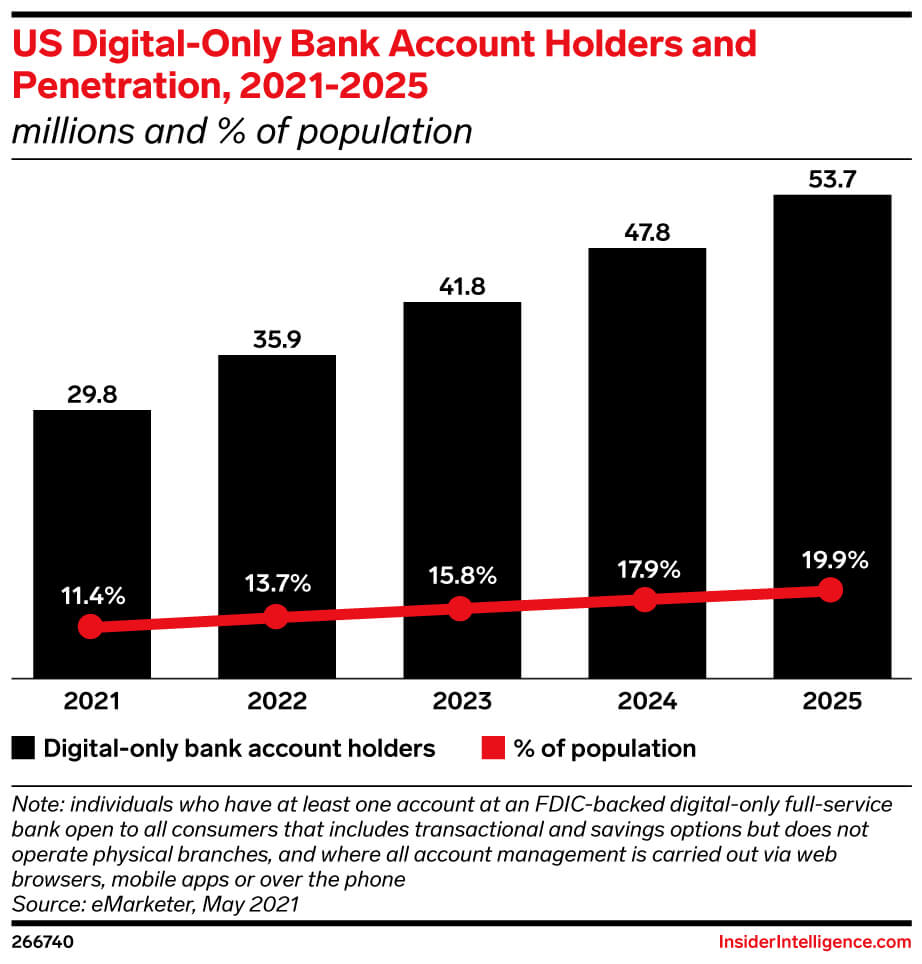Neobanks are among the fastest-growing fintech sectors in the past five years. These digital banks with no physical branches now serve an estimated 1 billion customers, according to consulting firm Simon-Kucher.
Since 2017, an average of 68 neobanks have been launched globally, Simon-Kucher reports.
Despite rapid growth, the Simon-Kucher research shows that less than 5% of the world’s 400 neobanks analyzed are breaking even.
“Less than a handful of the 85 neobanks in the U.S. are breaking even; several are in the cash-burn zone losing as much as US$140 per customer annually,” the report added.
So are neobanks the future of banking or one of this century’s biggest failure stories?
Xinja and other neobanks that failed
Australian neobank Xinja, which launched in 2017, ended its operations three years later. The neobank offered a tech-focused banking experience targeted toward Millenials.
However, despite raising US$146.6 million in venture capital, Xinja closed all bank accounts, refunded customer deposits, and handed back its banking licence in 2020.
Xinja had started taking deposits before it made loans, according to startup resources portal Failory. It was paying the highest interest rate in Australia, without receiving revenue from loans yet.
Subsequently, the startup burned through millions of dollars before even monetizing its business.
Xinja isn’t the only neobank that has collapsed in the past few years. U.S.-based neobanks Simple, Azlo, and Beam Financials ceased operating in 2021, fintech research platform WhiteSight reports.
In the same WhiteSight report, India-based Yelo Bank also reportedly shut down and was eventually acquired by a competitor in 2021. Although Yelo Bank acquired 4 million downloads on its app, the firm reportedly suffered high cash burns with limited revenue streams.
Another neobank that collapsed included UK company Loot in 2019. Loot went bust despite having 250,000 active accounts using their services.
More recently, another Aussie neobank Volt had shut down as well after failing to raise enough funds to survive, FinTech Magazine reported on June 29, 2022.
So is your money still safe if the neobank closes down?
In the US, banks that have Federal Deposit Insurance Corporation (FDIC) insurance will keep your money safe, even if your bank shuts down. For most banks, including neobanks, your deposits are insured up to US$250,000.
Most countries have the equivalent of an FDIC to safeguard your neobank savings.
For example, Singapore-based neobank Aspire, which transacts an estimated US$2 billion annually across 10,000 business accounts, operates under the Monetary Authority of Singapore’s (MAS) Payment Services Act.
According to a recent case study by startup website builder Cuppa, the funds for Aspire’s accountholders are insured by the Singapore Deposit Insurance Scheme (SDIC).
How can neobanks protect your account?
Besides being insured or backed by distinguished financial regulatory authorities, neobanks have taken additional measures to protect your money.
Here are some of those game-changing protective measures, according to Optherium Global Head of Sales & Marketing Vadi Ivanen. His firm, Optherium, specializes in blockchain, AI, and biometrics.
Safeguarding your payment cards online
A white label neobank enables its users to pay with a one-time virtual card instead of utilizing their debit card. This preventive feature is not available among most traditional banks yet, Ivanen explained.
It prevents your data from being stored by unwanted third-party software, virus, or scripts.
(White label banking is where banks open up their application program interfaces (APIs) for third parties. This enables other companies to build their own financial products with the white label bank’s infrastructure.)
Disabling specific categories of purchase
Some neobanks allow you to modify and limit what you can purchase. You can disable your debit card from paying for groceries, plane tickets, hotel expenses, and petrol, Ivanen added
Automatic limits
Your account expense has automatic limits in terms of withdrawal, contactless payments, and online spending. You can change these limits by authenticating yourself on the neobanking app via biometrics, your phone’s pin code, or password pattern.
So in case the unfortunate happens, and a fraudster managed to access your account, these automatic limits would prevent them from spending excessively from your card.
Are neobanks still the future of banking?
Big, “traditional” banks have entered the neobanking field with their own digital offerings, Forbes reported on May 19, 2022.
These include JP Morgan’s European neobank Chase and Marcus at Goldman Sachs.
Neobanks should be prepared for stiffer competition in the future – from established brick-and-mortar banks entering the fray and hungry startups.
Additionally, neobanks should take note that “financial inclusion” is now a requirement for a digital banking licence in certain countries.
One neobank that has been successful at financial inclusion is Nickel, in France. And they reportedly did it low-tech-style.
“Their (Nickel) distribution model relies on using newsstands and tobacco stores for gaining their clients, and they charge a small fee for the account. They are probably the first profitable neobank in Europe. They use some digital, but it mostly relies on human distribution,” Simon-Kucher senior partner Christoph Stegmeier told Forbes.
Simon-Kucher has developed a guide for neobanks, and it calls for critical thinking and a focus from the start on profitability rather than fast growth with no defined date for rising beyond breakeven.
Check out Simon-Kucher’s comprehensive guide on the future of neobanking here.
What do you think of the current state of neobanking? Do you have a neobanking account?
We’d love to hear your opinion! Please leave a comment below.



